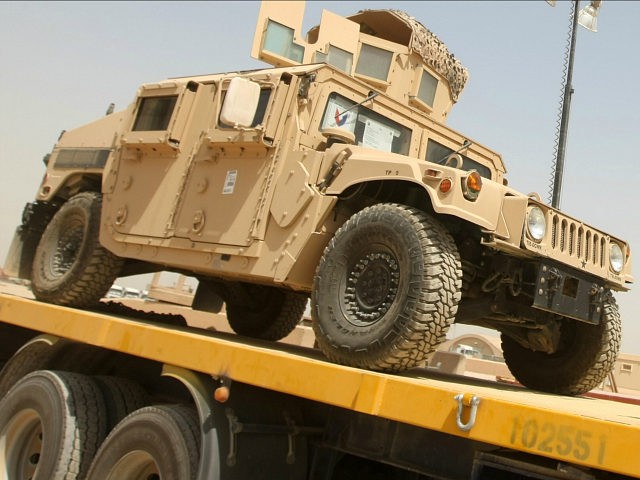Blackstone
Brigadier
Thanks for the reply, and your thoughts are definitely mainstream. You basically said US shouldn't rely on RoK to defend itself against DPRK, because of treaty obligation and prevention of nuclear weapons proliferation. Let's examine those two points.Answer, treaty and prevention of Nuclear weapons proliferation.
Treaty obligations as the US and South Korea maintain a mutual defence pact.
And believe it or not the US has used that to prevent the South Koreans from invading the North.
South Korea has the technology, economics and egg heads to launch a rapid development program for indigenous Nuclear weapons in side a very fast window. However if the ROK went Nuclear then other states in the region would go nuclear. A nuclear arms race is something that the US wants to prevent.
Bonus round The Chinese conundrum. The PRC believes that the US wants to keep based on it's boarders, there may be a degree of truth to that. At the same time the US views the Chinese relationship to the North Koreans as a potential issue of war started. IE of the North started losing would the PRC who has a Mutual defence history with the DPRK step in? (Rhetorical question don't answer)
Point of the article quoted by yourself however comes into play. The FORK in a conventional war should by all counts loose.
However if that is the case and the Kim Clan has to know that to be the case. Then they have to know what the likely end of the Clan would look like. The end of a rope or high velocity lead injections. So from the Kim Clan perspective of war started what is there to loose? The DPRK has stockpiled Chemical weapons has rumored biological weapons programs and know nuclear technologies. There chemical weapons are warhead capable, they claim there nuclear weapons are miniaturized for warhead use (debatable) even without missiles though the can use other means of deployment (IE Subs, boats, Aircraft, A truck) if in the case of collapse of the DPRK. There is a high likelihood of those weapons either being ordered to be deployed for scorched earth operations. Or disappearing into the international black market. To date the South Koreans have had limited deployment of Anti ballistic missile defense systems. All naval. The US deployed THAAD as the South Koreans have no land based ABM of there own.
Of course the deployment of THAAD has the Chinese government miffed. Even if the US outright sold the Deployed units to the ROK the PRC would still be angry. More it's boiler plate then actual threat. The missile of the THAAD cannot reach into the PRC or Russia. And the Radar range doesn't prove deep enough into the PRC to actually effect there operations or probe beyond what is already probed.
US mutual defense pact with RoK was made when South Korea couldn't defend itself against the DPRK. That was then. Today, the situation is 180-degrees different. South Korea has over 50 million people, compared with North Korea's 25 million. RoK's GDP is about $2 trillion a year, versus around $40 billion for the DPRK. The South has a high-tech, first world military lined up against a low-tech, third world force using mainly obsolete equipment. The point is RoK is more than capable of defending itself against the North, and no longer needs American ground troops to fight for it. The treaty should be amended to US providing nuclear umbrella and maybe air support for a limited time (a decade?) only.
This brings us to nuclear proliferation, and epic fail is how I'd describe it. Least we forget, the two top regimes Washington wanted to keep nuclear weapons away from are North Korea and Iran, not South Korea and Japan. So how did that go? According to most news reports I've seen, North Korea already has about 10 to 20 nuclear weapons, and President Obama made a treaty with Iran that allows it to have nuclear weapons in about 10 years. How's that for preventing nuclear proliferation from rogue regimes? So, having failed to prevent our enemies from acquiring nukes, the game is to make sure our friends don't get them for defense? Really? Maybe it's time to revisit the topic?














